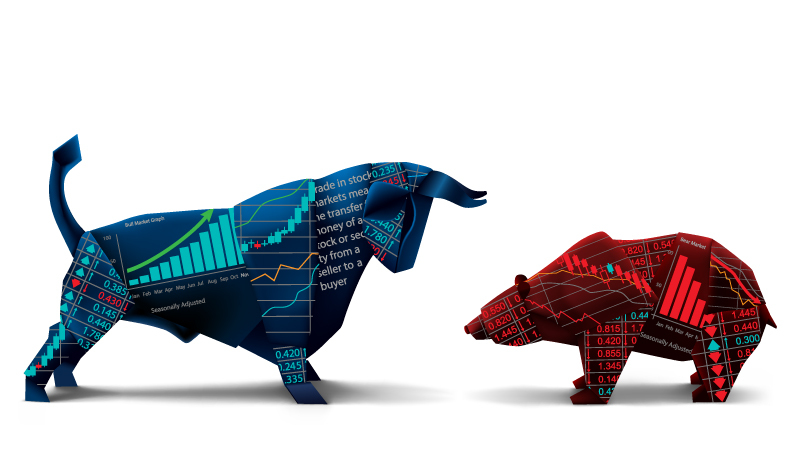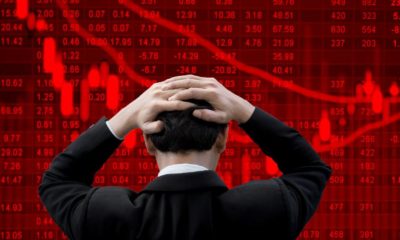Investment
Stocks: What Causes It To Be Good Or Bad?

Steady job gains are indeed on the move. Together with this are the signs emerging for the rising of wages. Lastly, pressure is mounting for picking up inflation. There should be more evidences in the comings days for data on producer and consumer prices.
Despite these occurrence mentioned above, investors are confident enough that the Fed is not going to raise interest rates again on next month’s policy meeting. The Fed-funds which is used by traders to input bets on central policy compiles by CME Group Inc. is estimated only to an 8% chance that the Fed will increase the rates this coming June.
One can argue that investors are too sanguine. The slow US growth and last week’s relatively not-so-good jobs report give Fed more cover to wait. The weak global economy and unrestrained financial markets for the past months have also added to this complications experienced by Fed. In addition to this, investors have already been habituated to the Fed stopping the abscess growth every time markets have turned unstable.
The most important thing to understand about picking stocks is this: If you are buying a stock, someone else is selling it. Whatever analysis you have done to tell you that this stock is a good deal at today’s price, be aware that there is someone else on the other side of the trade who has run the numbers and decided that the smart move is to get out now. Stock picking is a battle of wits against other investors, most of whom, you should assume, are at least as informed and rational as you are. That’s why it is difficult for even pros to beat the return they’d get simply from holding an index fund.
[buffet_recommended]
But investing in stocks can be exciting, and an intellectual challenge. The basic formula for stock analysis is simple: Pay a price that’s less than the long-term, per-share value of the underlying business. The art of investing is in figuring out how to determine that value.
“Growth” investors tend to focus their analysis on a company’s potential for future profits, and gravitate to those whose earnings are rising the fastest. Often these stocks have a highly compelling story: Maybe the company sells a hot new tech product or the next blockbuster drug, or has found an innovative new way to sell fast-food burritos. Since growth-oriented investors are interested in big future earnings, they are often willing to pay a high price for a stock relative to what it earns right now. The price-to-earnings ratio, or P/E, is a common metric for valuing stocks; growth investors will often be willing to pay P/Es of 20 or more.















